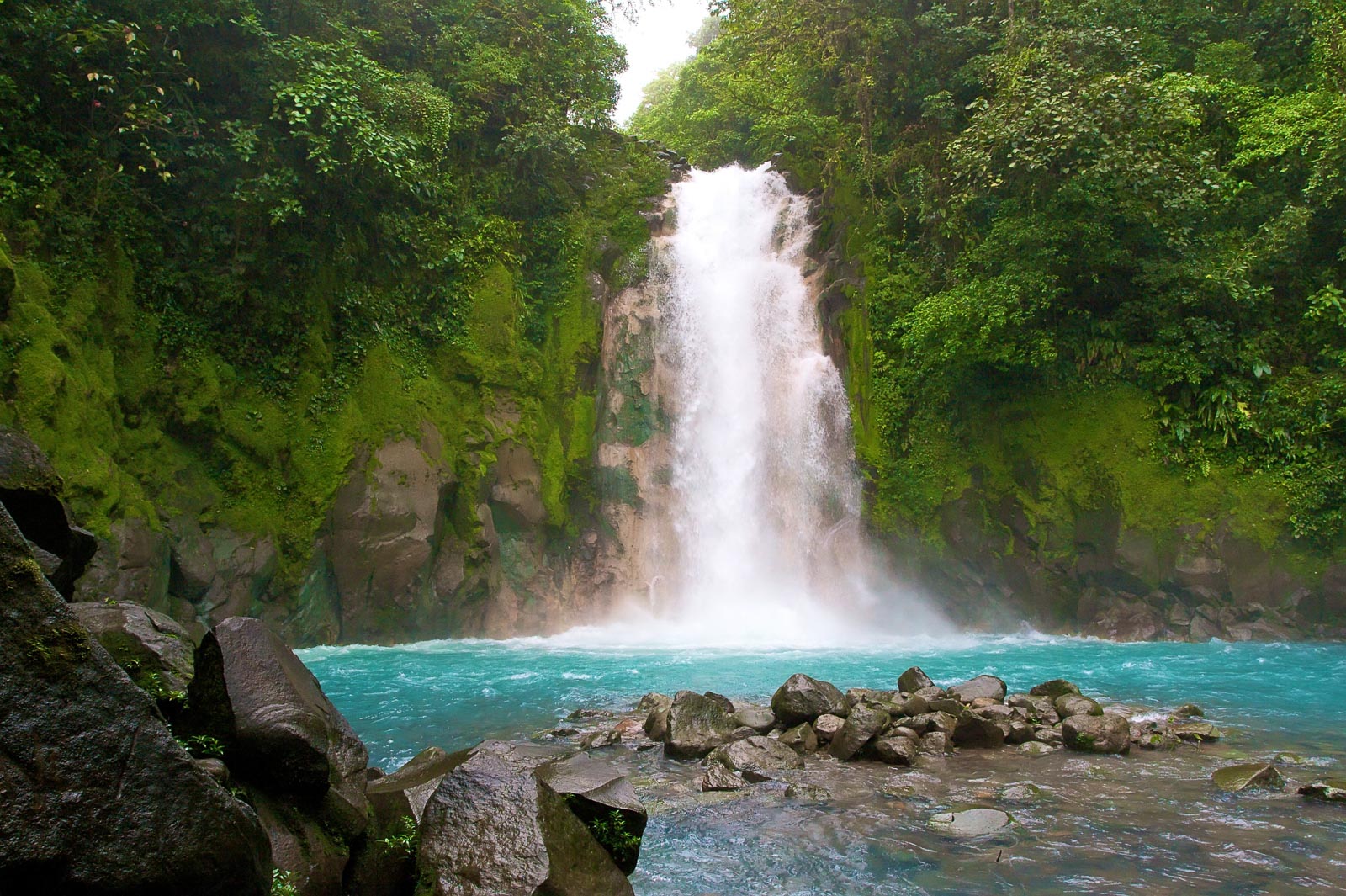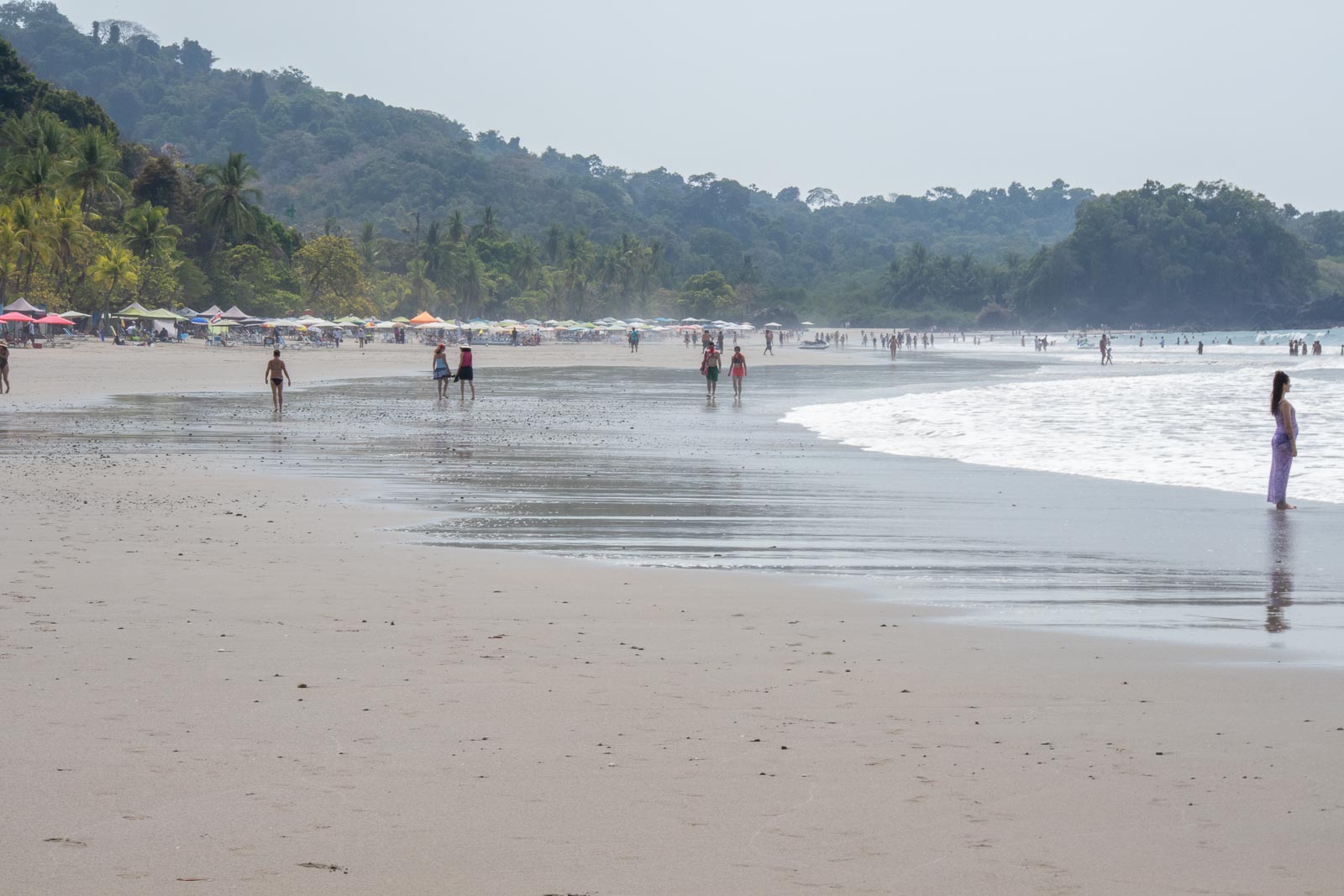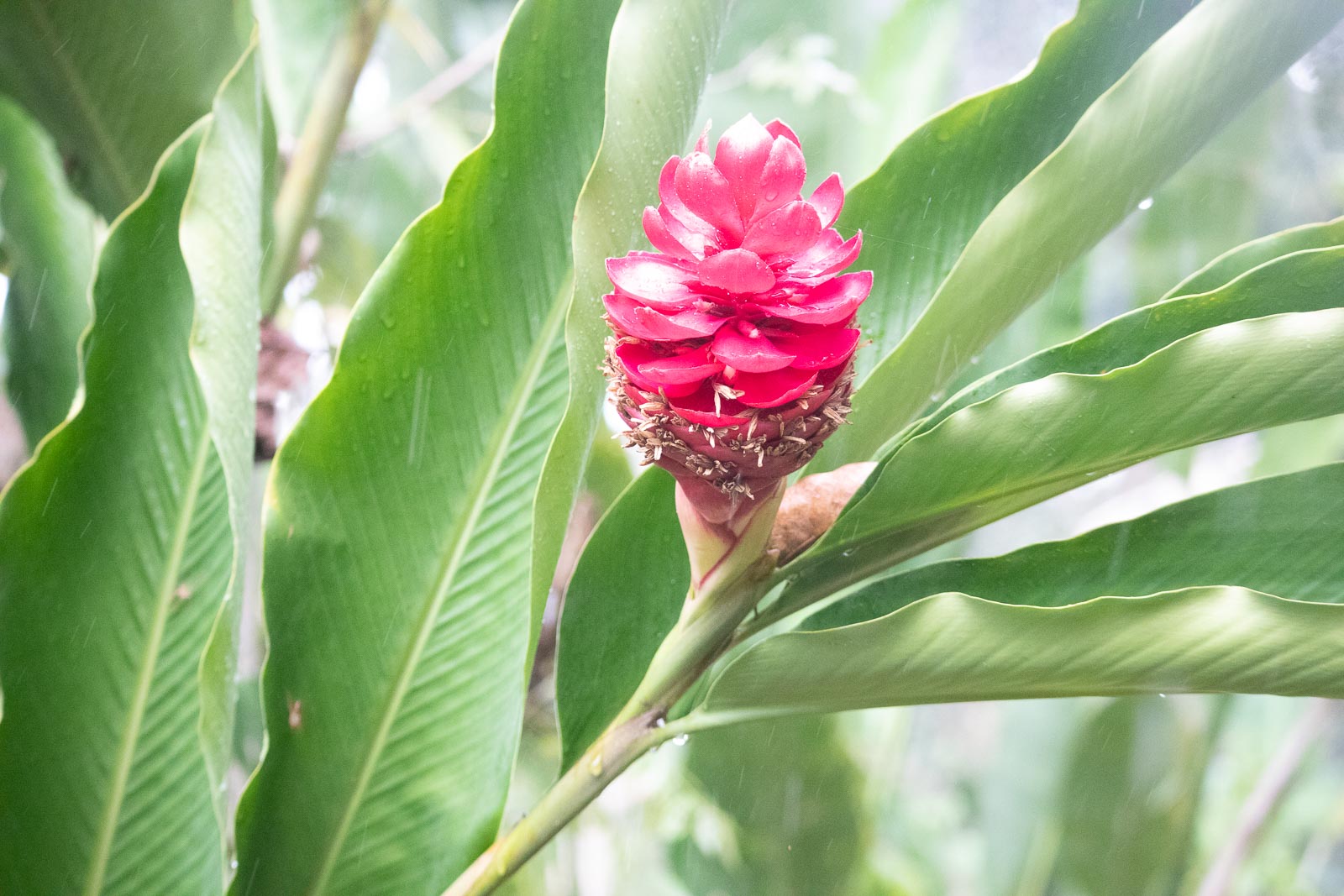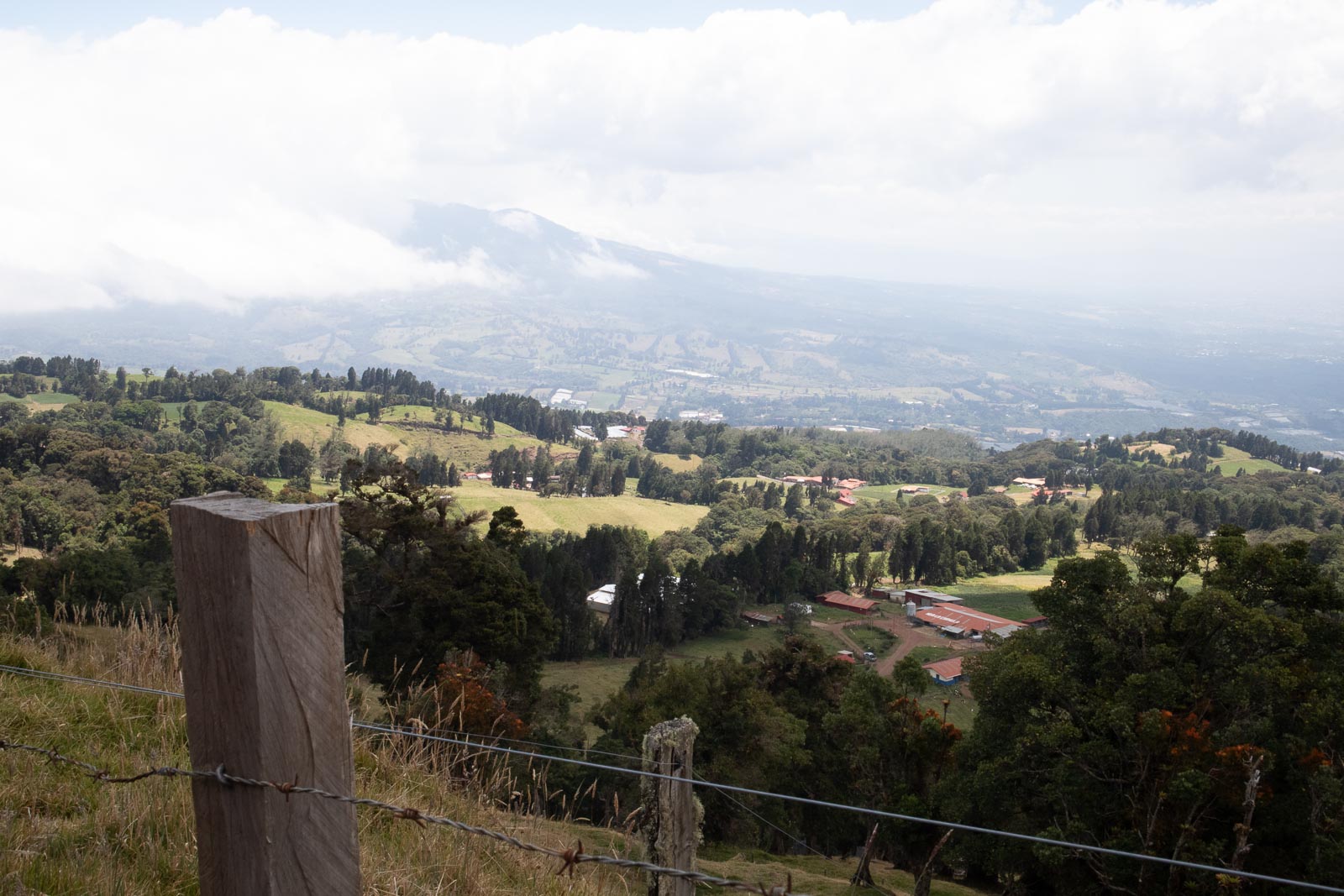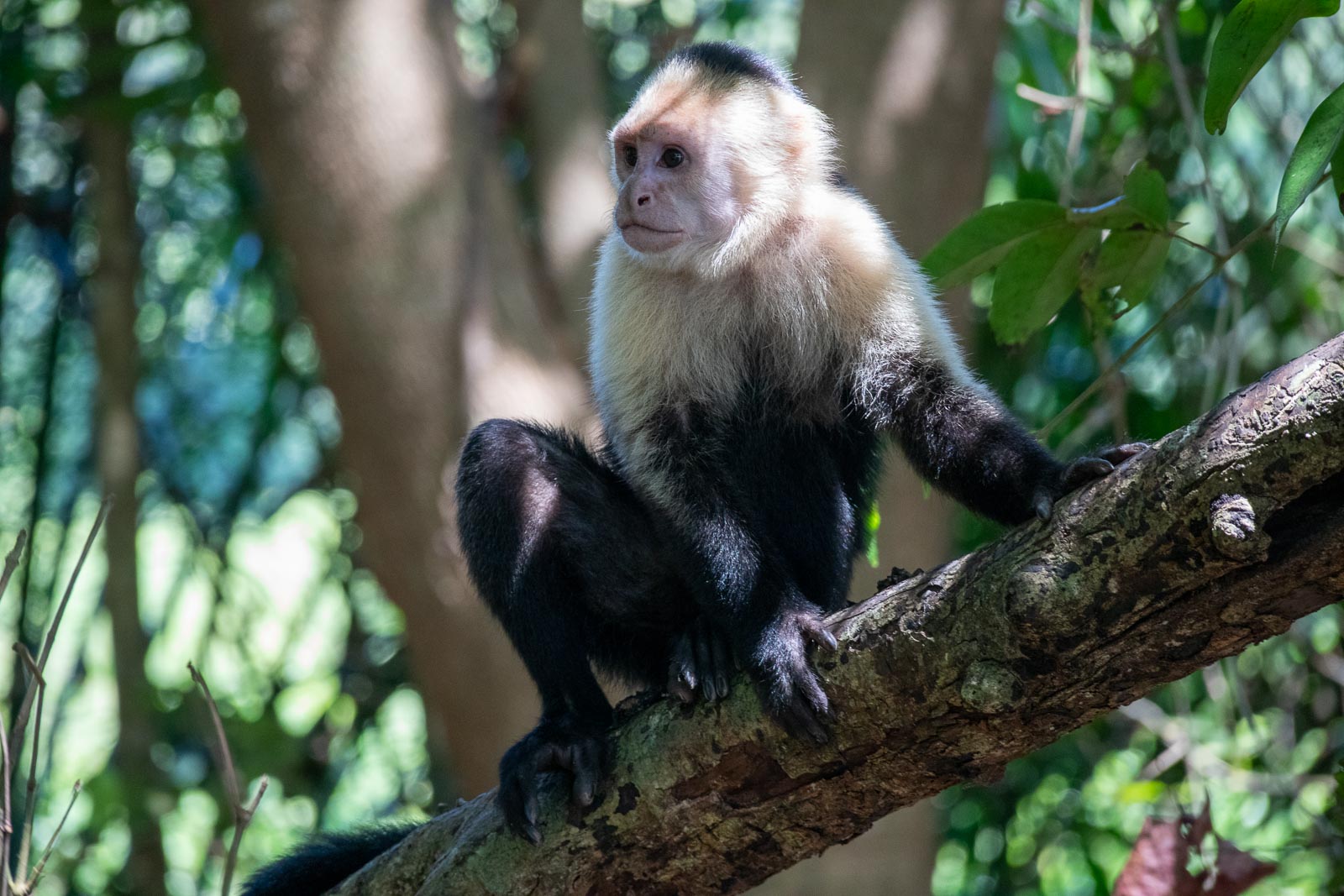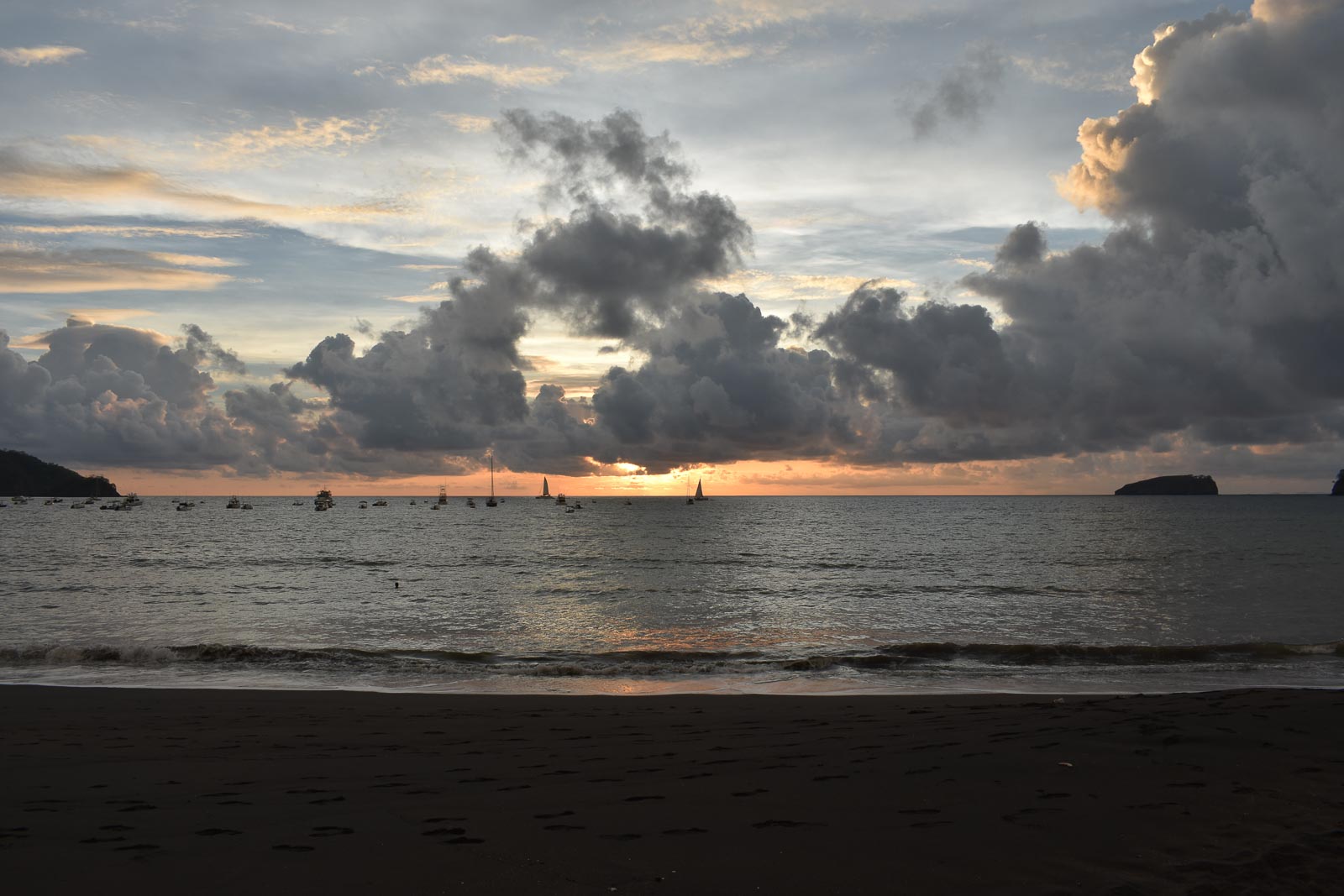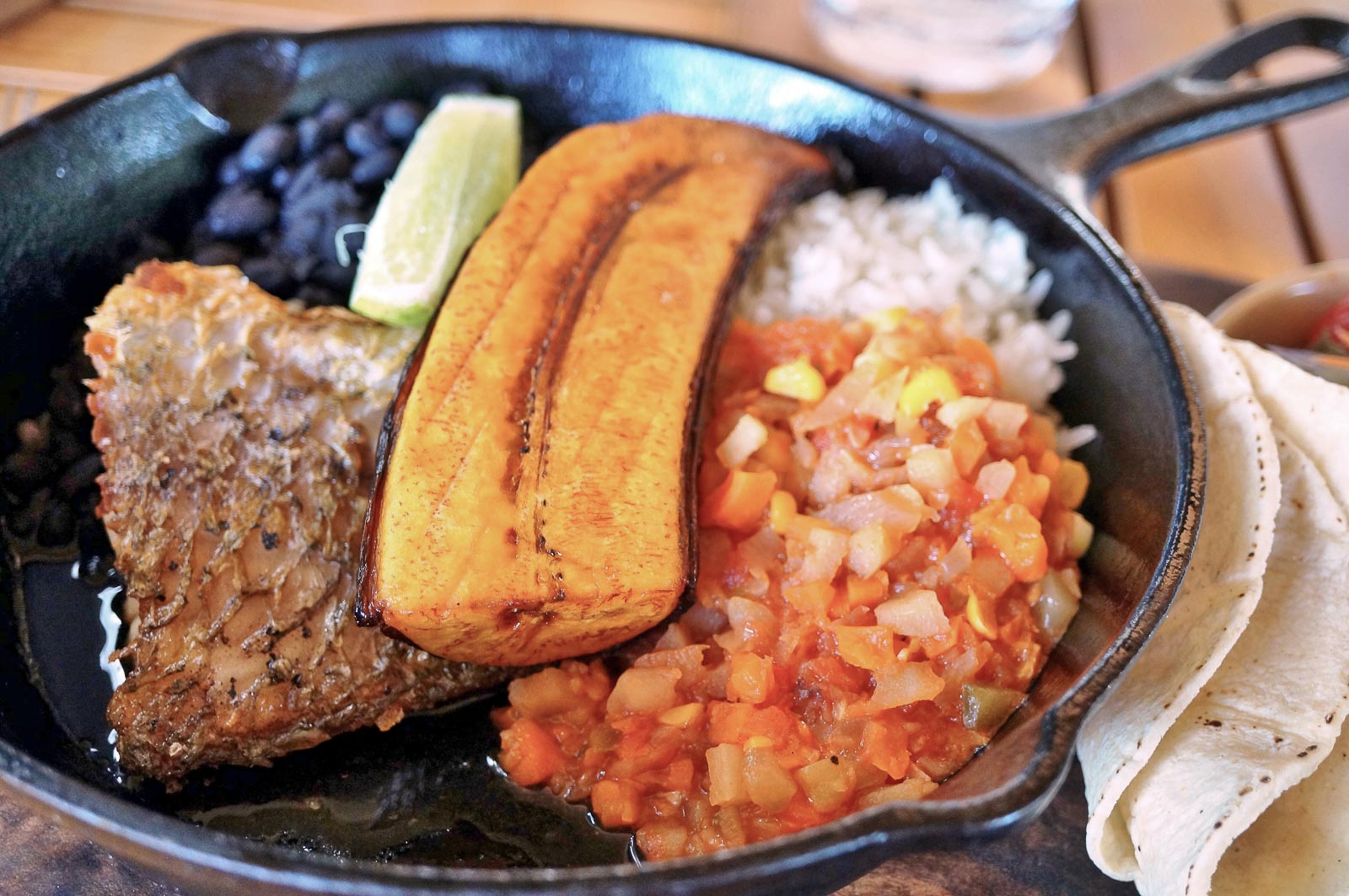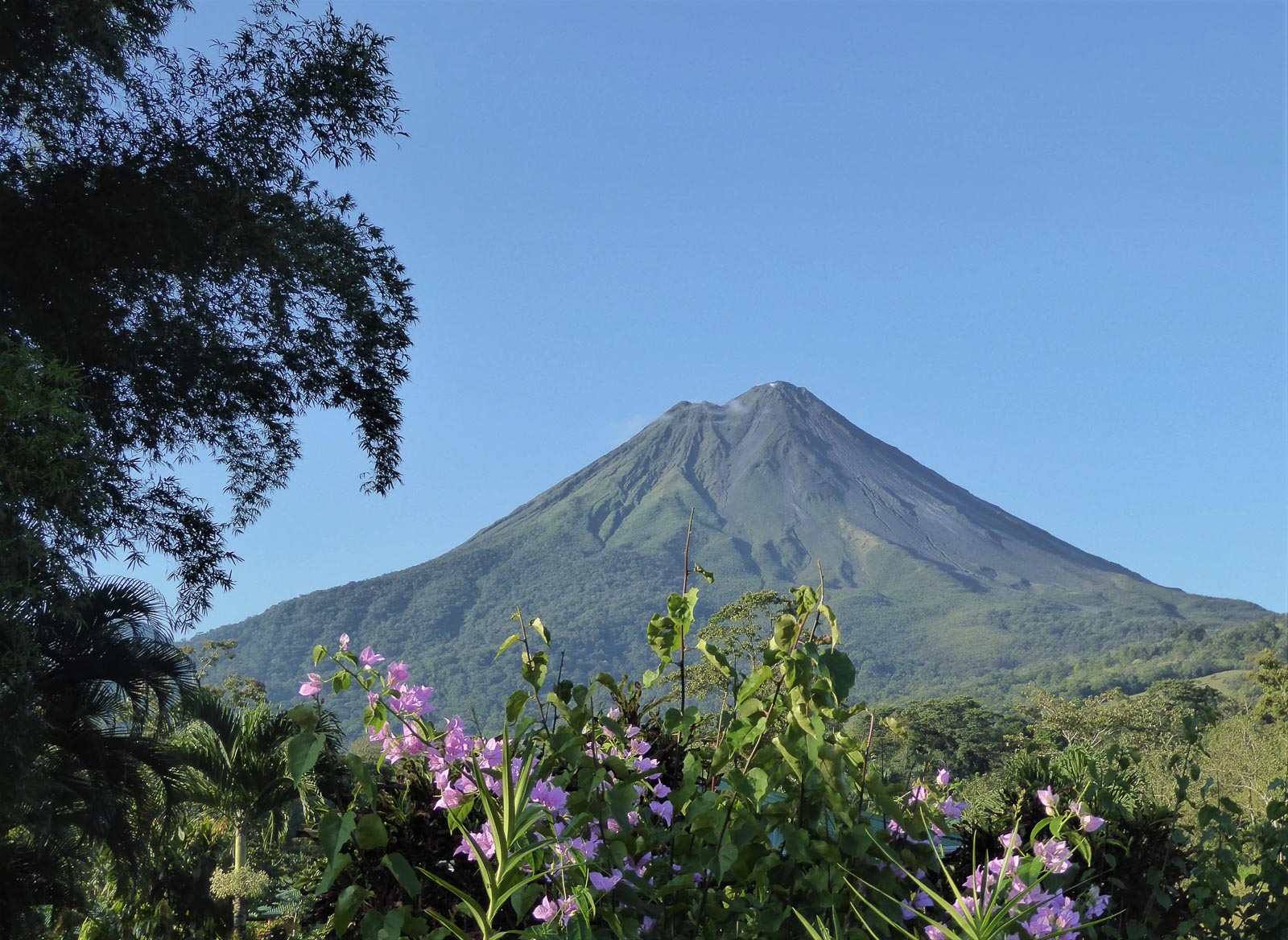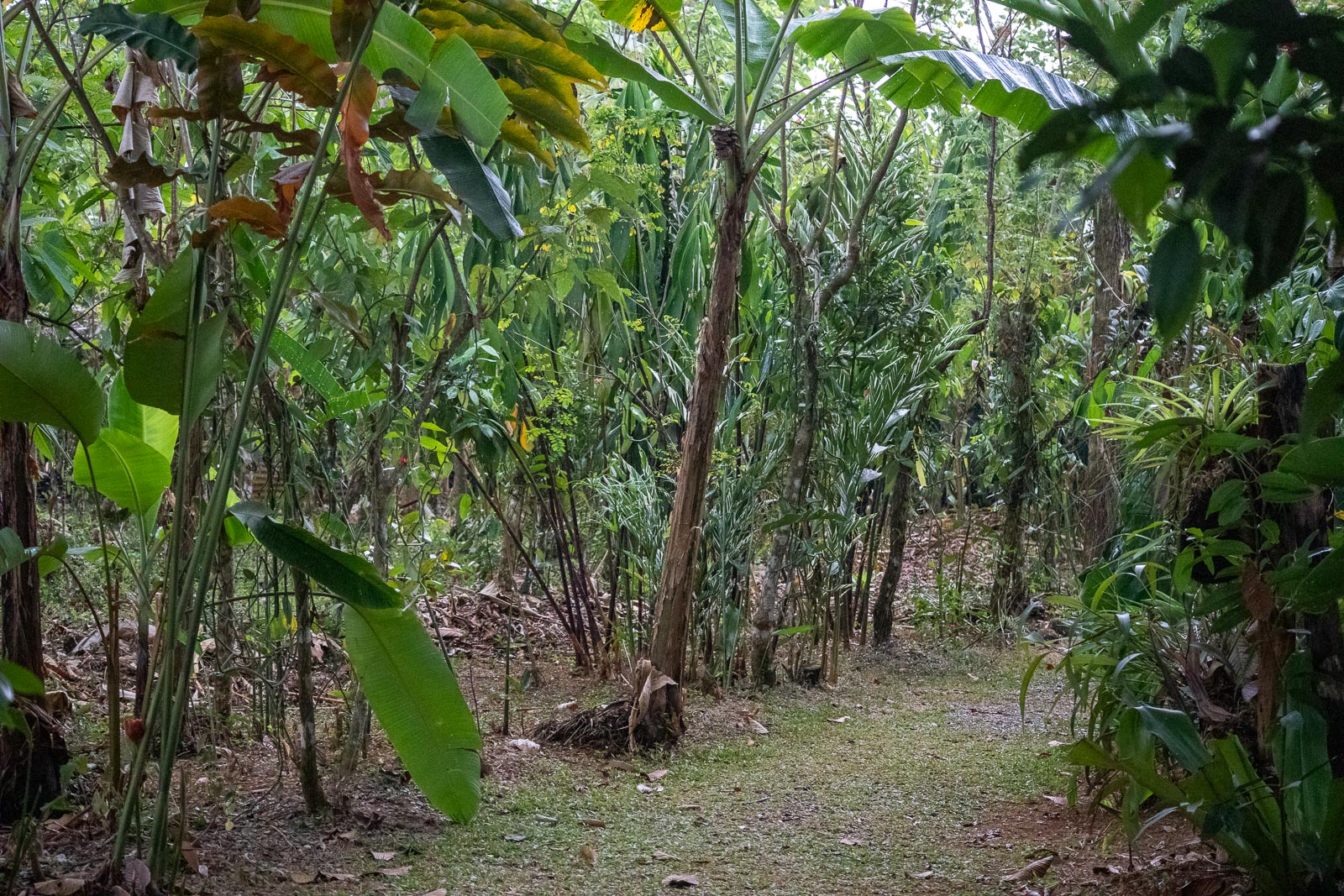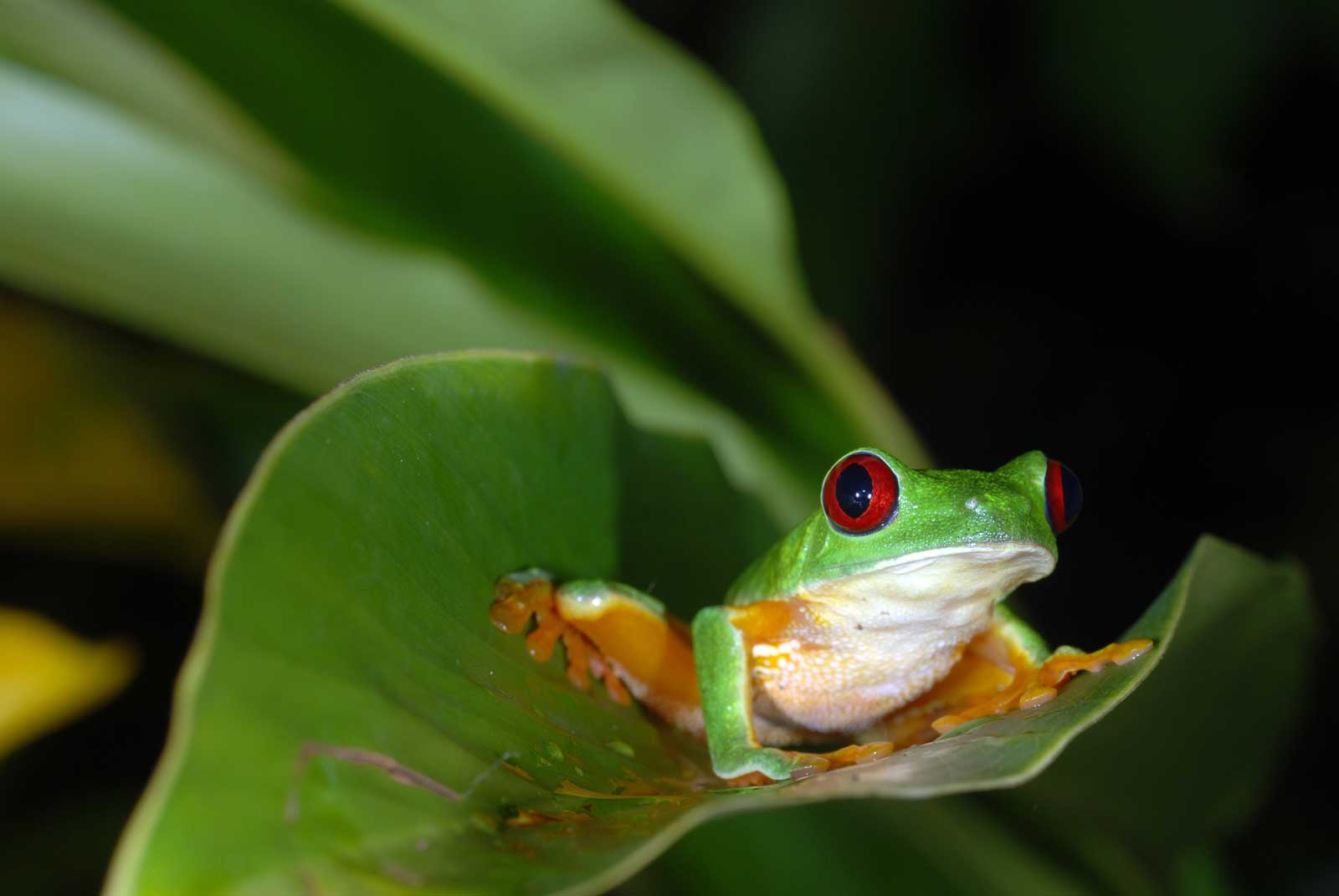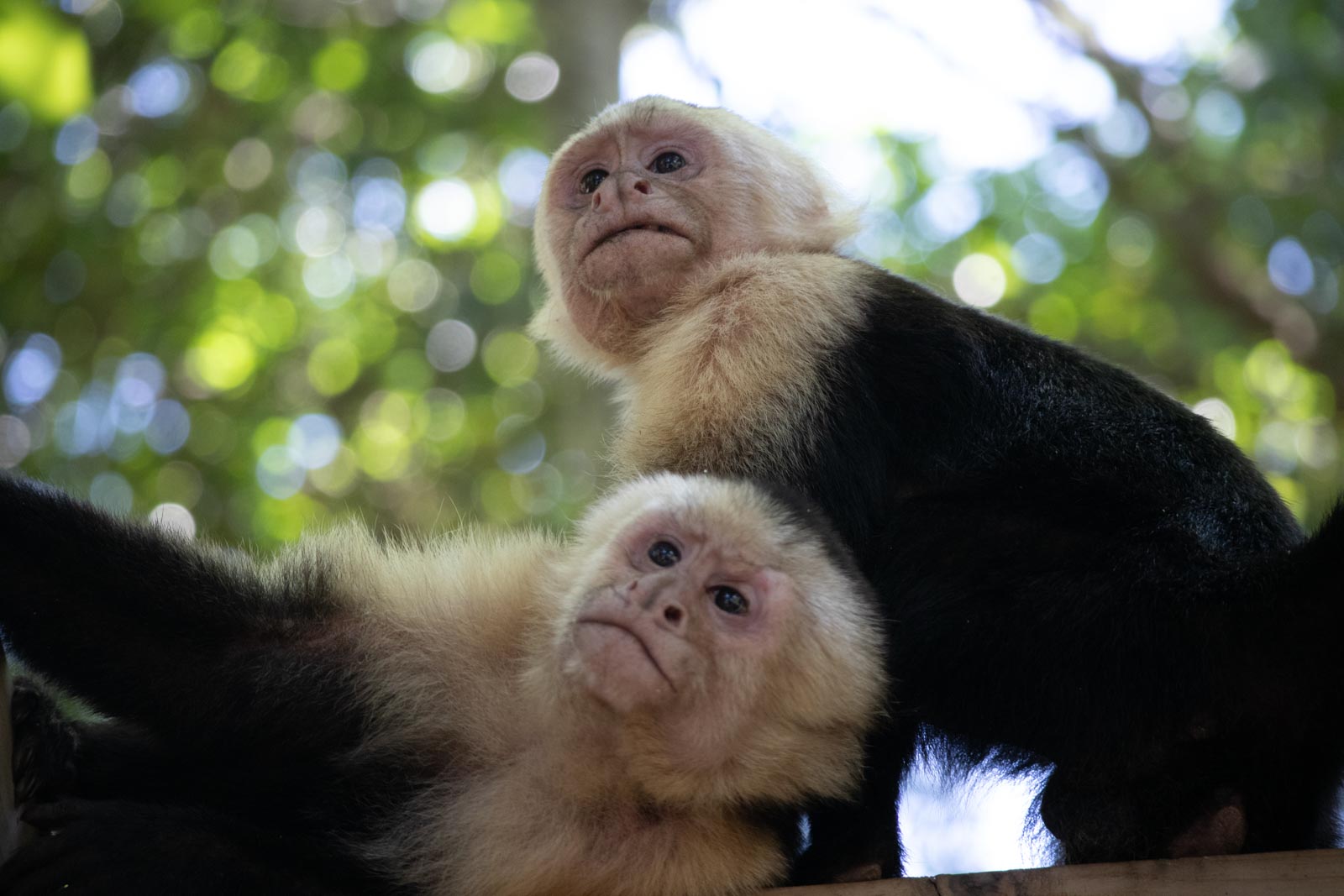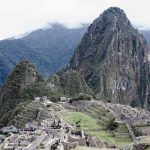What to Expect While You’re There
Climate
The Costa Rican climate is certainly tropical but often moderate year-round with average high temperatures of around 80° F or 26° – 27° C, but that is very dependent on your location. While the averages are in that moderate range, temperatures can reach the high 90’s F or even 100° or more in the warmer seasons. The biodiversity and varied terrain in Costa Rica create many smaller microclimates that each have their own weather patterns with something for pretty much everyone’s preference.
Given its closeness to the equator, there is not much seasonal variation in the weather patterns. There are two primary seasons, known as the high season (think dry) and the green season (think rainy). While the actual months for these seasons vary a bit depending on the region within the country and its microclimate, the high season, which is the dry season, generally runs from November or December to April or May. The green season, which is the rainy season, will also vary by region, but fills the balance of the other months. The exception to this pattern is the Caribbean coast, which flips the dry and wet seasons
The high-ground areas are often cooler with a damp and misty air for a good part of the day throughout the year. Some areas in the Costa Rican mountains get a ton of rain, up to as much as 300 inches per year. Heavy rainfall is also common in the rainforest regions.
The coastlines have their own specific microclimates. The Caribbean coast is warmer with trade winds that help keep the climate hot and humid. The Pacific coastal regions typically experience higher temperatures and humidity, particularly in the Northern Pacific region. The climate in the rainforests is also warm and very humid, often with a significant amount of rain. No surprise there, right? Interestingly, the cloud forests, which are similar to a rain forest but found in the mountains at higher elevations, are typically cooler, but also with lots of rain. Temps in the rain forests can get as high as 100° F or 38° C.
Food and Water Safety
Drinking tap water is generally safe in the larger cities, with water quality being similar to what you would experience in most cities. The water quality can vary more when you get into some of the rural areas. It’s generally sound travel safety to be cautious about drinking local water or consuming uncooked food washed in local water. If you are unaccustomed to the local mineral or bacterial content you may have an unpleasant reaction to the water. Bottled water is always a safe bet and it’s important to stay well hydrated in the heat. And remember, alcohol is dehydrating – just sayin’.
Restaurant food, particularly cooked meals are generally of good quality and safe to eat. Our best bet rule is to stick to dining establishments that are generally busy and frequented by many people. That out of the way spot with nobody inside might be empty for a very good reason. Be sure, though, to be very cautious about the consumption of street food. Street food vendors are a popular attraction, but they may have a very different food preparation and cleanliness standards than you are used to. This is no different in Costa Rica than it is any other country. Just be sure that food is well cooked, and that the vendor appears to maintain a clean cart or stand.
“Man cannot discover new oceans unless he has the courage to lose sight of the shore.”
~ Andre Gide

